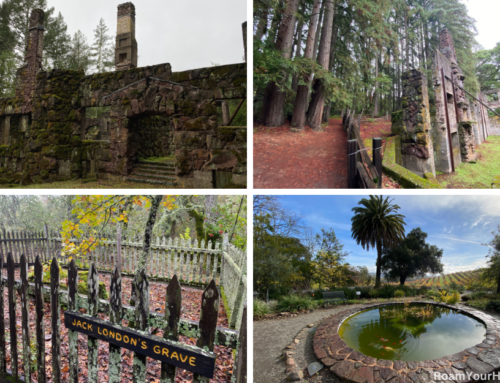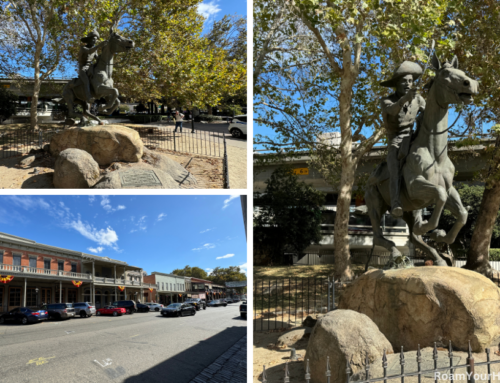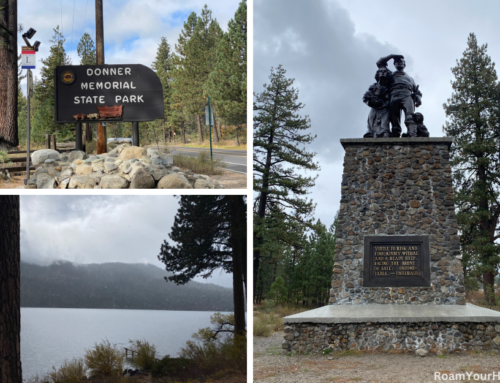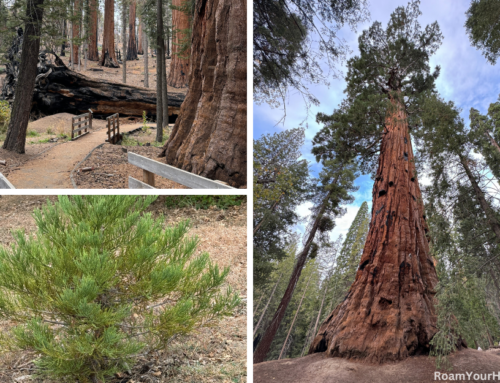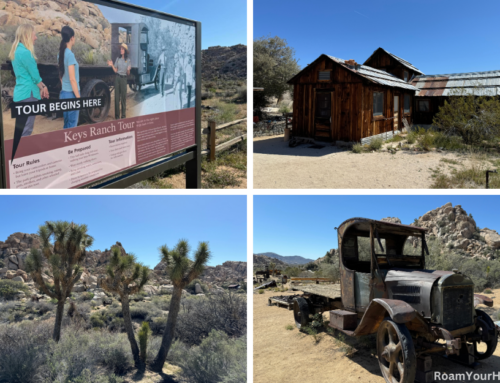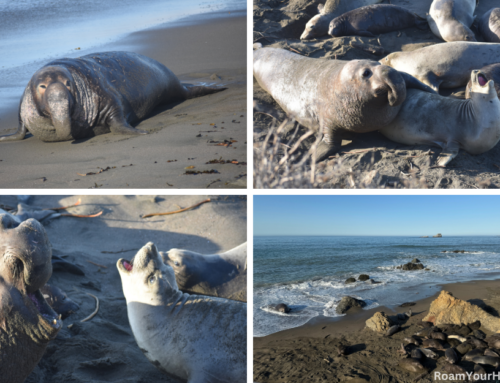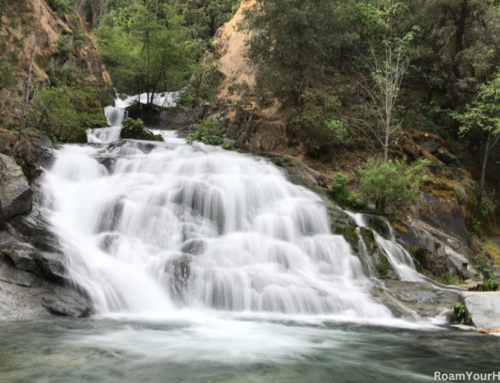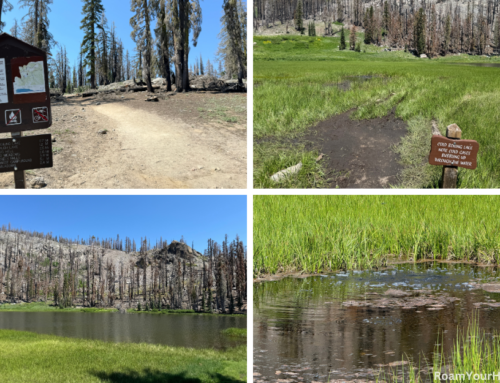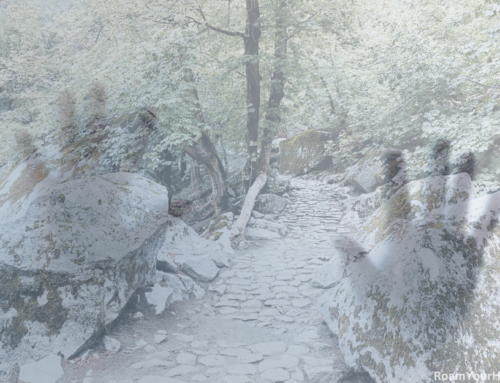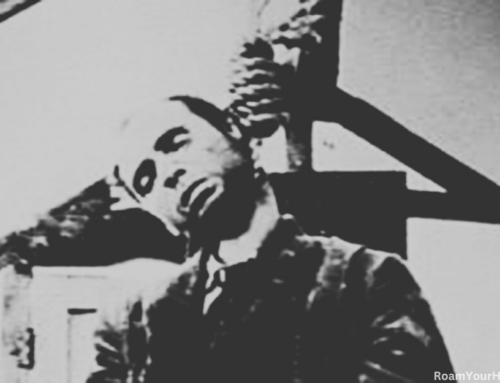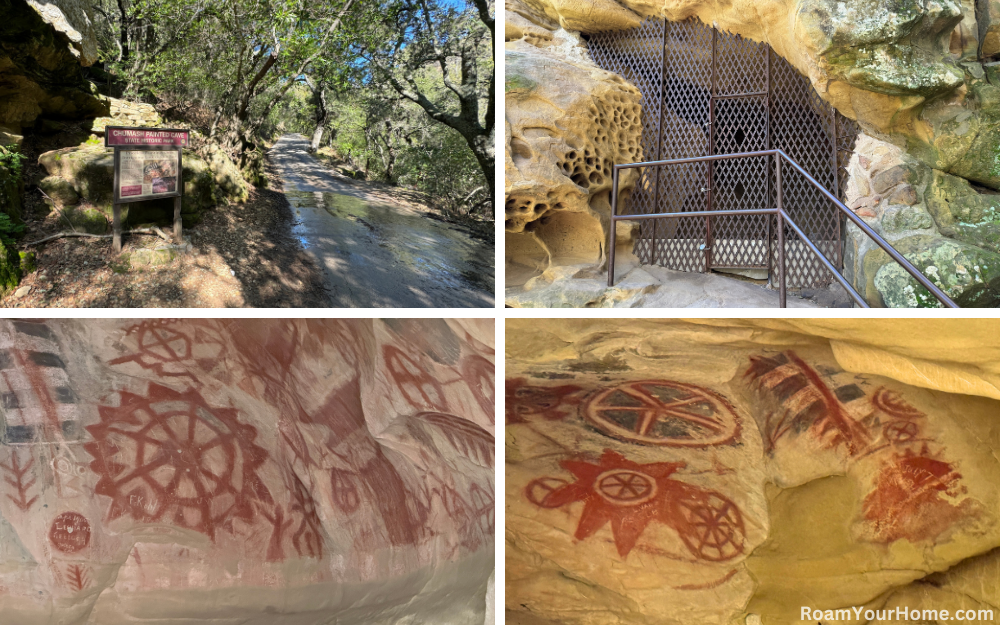
See Ancient Native American Pictographs at Chumash Painted Cave
When I stumbled upon the Chumash Painted Cave State Historic Site, I knew I had to visit soon! The park is in the Santa Ynez Mountains, about a 30-minute drive from Santa Barbara, California.
My wife and I visited on a beautiful late February afternoon. The sun was shining overhead, there were no clouds in the sky, and it was a comfortable 70 degrees outside.
The park was a perfect pit stop on a road trip to Channel Islands National Park, where we could stretch our legs and check out something extraordinarily cool.
We were headed south on the San Marcos Pass Road or State Route 154 when we took a left onto E Camino Cielo Road and headed toward the park. It is only about 3.5 miles from the turn-off to the park, but it took longer than expected. The windy mountain road climbed steeply and progressively narrowed as we got closer. “Are there any guardrails anywhere?” my wife asked. “Not that I can tell. But they would be nice,” I responded.
Visiting Chumash Painted Cave State Historic Site
We eventually made it there safe and sound. One car pulled out as we pulled in, giving us the place to ourselves. The parking lot was a wide spot on the one-lane road big enough for two or three cars at most.
We hopped out and headed up a short path to the cave on the left. There was no getting to the cave, as an industrial-strength iron gate protected it. Judging by nearly every rock surface, it was clear why. Graffiti was etched into the sandstone everywhere.
Even inside the cave, some damage was visible. “July 7, 1945,” was clearly visible to the naked eye.
While there was some damage from jerks, I was absolutely amazed by the display. We were greeted with a stunning view of bright red, black, and white pictographs “This is soooo cool!” I said aloud excitedly. I’d never seen anything like it so well preserved. The rock was incredibly vibrant as it had been protected from the elements inside the cave.
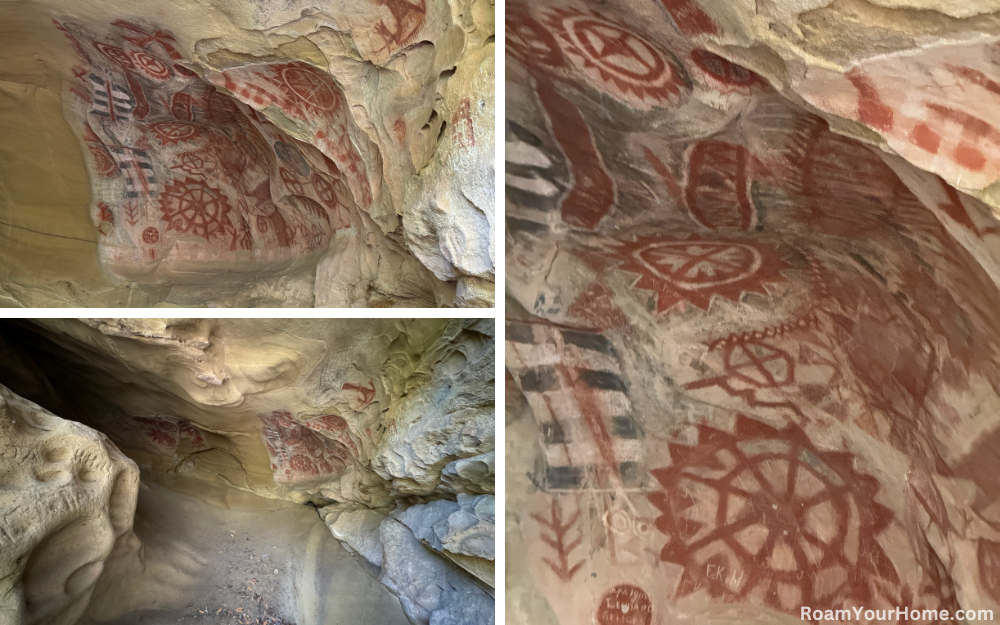
Chumash People Pictographs
The cave was painted by the Chumash people, who lived in the area for thousands of years before the arrival of Europeans. Anthropologists estimate that the paintings date to the 1600s and earlier.
It’s believed the rock was done by shamans or priests who came to the cave seeking power or spiritual strength. The paintings may represent celestial beings like the sun, moon, and stars. No one can say with certainty what the meanings of the paintings are; however, it is widely believed that a grouping of three circles may represent a specific date on which a total eclipse occurred at the site on November 24, 1677.
We spent about 30 minutes there in total, but we could have spent more. I was appreciative of whoever designed the burly gate. They left two holes big enough for a camera lens.
If you are ever in the Santa Barbara area or, for that matter, the greater Los Angeles area, the Chumash Painted Cave State Historic Site is worth a visit! You will not regret it; I know we certainly did not.
Other Native American Rock Art Sites
Arizona: Signal Hill Petroglyphs in Saguaro National Park
Arkansas: Rock House Cave in Petit Jean State Park
Colorado: Petroglyph Point Trail: Mesa Verde National Park
Hawaii: Pu‘uloa Petroglyphs: Hawaii Volcanoes National Park
Idaho: Wees Bar Petroglyph Site in southwestern Idaho
New Mexico: La Cieneguilla Petroglyphs
Ohio: Leo Petroglyphs & Nature Preserve
Utah: Newspaper Rock
Utah: Great Hunt Panel
